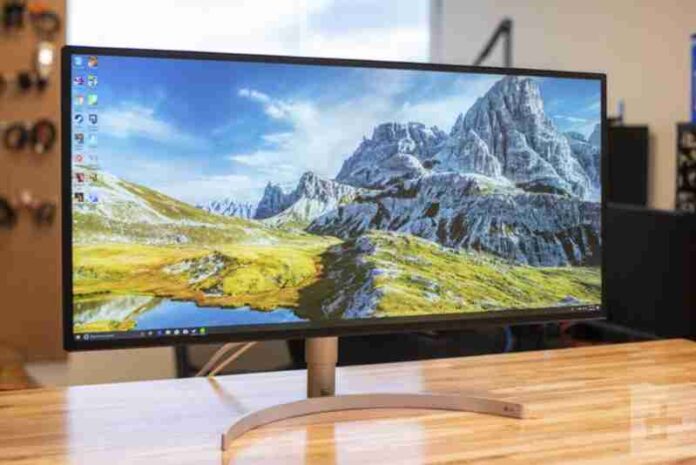
Having the right graphics design monitor is crucial for a graphic design professional. It is important that they know which are the best monitors for graphic design and invest in them. There are multiple options to choose from which is why you have to be mindful of your requirements.
A graphics monitor is one of the most important pieces of hardware that a graphics designer needs. They need to look for options that have good resolution and color accuracy along with other technical specifications.
Here is a list of requirements that one should keep in mind while choosing the best monitors for designers. So, without further ado, let’s get started.
Things to Consider When Choosing Monitors for Graphic Design
1. Resolution
Resolution defines how many pixels the screen consists of. And when it comes to choosing the best monitors for graphic design, the more resolution the monitor has, the better your quality of work will be.
Budget monitors have a resolution of 1920 x 1080, which is also known as 1080p or Full HD. However, right now the best in the market is Ultra High Definition (UHD) monitors with 3840 x 2160 pixels. Closely following this is another great option that is Wide Quad HD (WQHD) at 2560 x 1440-pixel resolution.
2. Color Gamut
Color gamut refers to the full range of colors. The more colors your monitor displays, the better will be its color accuracy and the final output of your work.
Monitors having a good combination of Adobe RGB color and sRGB color space is ideal for people looking for a graphics monitor. To be able to calibrate, the monitor should cover over 99% of the Adobe RGB color area.
3. Grey Scale and Color Accuracy
Color accuracy is one of the important aspects of graphic design. Graphic designers require colors that look the same on screen as well as on print. Having a high-end color gamut is not enough. Monitors need to be calibrated to display accurate colors.
Hence, the Advanced High-Performance In-Plane Switching panel is what you should look for in a monitor. In addition, your monitor should have at least a 10-bit lookup table (LUT) or higher (12-bit). This aids in the calibration of monitors.
4. Contrast Ratio and Viewing Angle
There are two types of Contrast ratio with regard to monitors.
- Dynamic Contrast Ratio
- Static Contrast Ratio
Of these two, Graphic designers, who are looking for the best monitors for graphic design are more concerned with static contrast ratio which is defined by the distance between dark and light in the same brightness setting.
An IPS Panel Monitor with a contrast ratio of 1000:1, or at least 500:1 should be preferred.
Make sure your screens have a good viewing angle and are easily readable from the side as well.
5. Screen Size
Screen size is an important factor for graphic designers especially if they work with high-resolution images with minute detailing.
To be able to work with high detailing, graphics monitors need to be at least 24 inches. 27inches and 32 inches monitors are also available in the market.
6. Panels
The quality of your monitor depends on how good the panel is. Although there are different types of panels available, the best monitors for designers are equipped with IPS (In-Plane Switching) which gives you great color accuracy and viewing angle.
Super IPS panels are the latest deal these days, that not only deliver how performance, but also comes at a reasonable price range.
7. I/O Connections
Ideally monitors for graphic design have HDMI, DisplayPort 1.2, and dual-link DVI Ports. A UHD monitor is equipped with 2 HDMI ports, DisplayPort 1.2 input, and also supports MST (Multiple-Stream Transfer).
However, if you are using multiple monitors, choose one with either DisplayPort 1.2 or Thunderbolt -in and -out ports.
8. Price
These high-end monitors don’t come cheap. Anything with a resolution above 1080p will be expensive. A UHD or WQHD monitor will cost more, not only because of its high-resolution but also because of its bigger panel size and greater color accuracy.
Final Words
Do your research. Be clear about your requirements. You need to choose the best monitors for graphic design that are available in your price range. Monitors are expensive, but they are great investments that will surely pay off in the long run.

